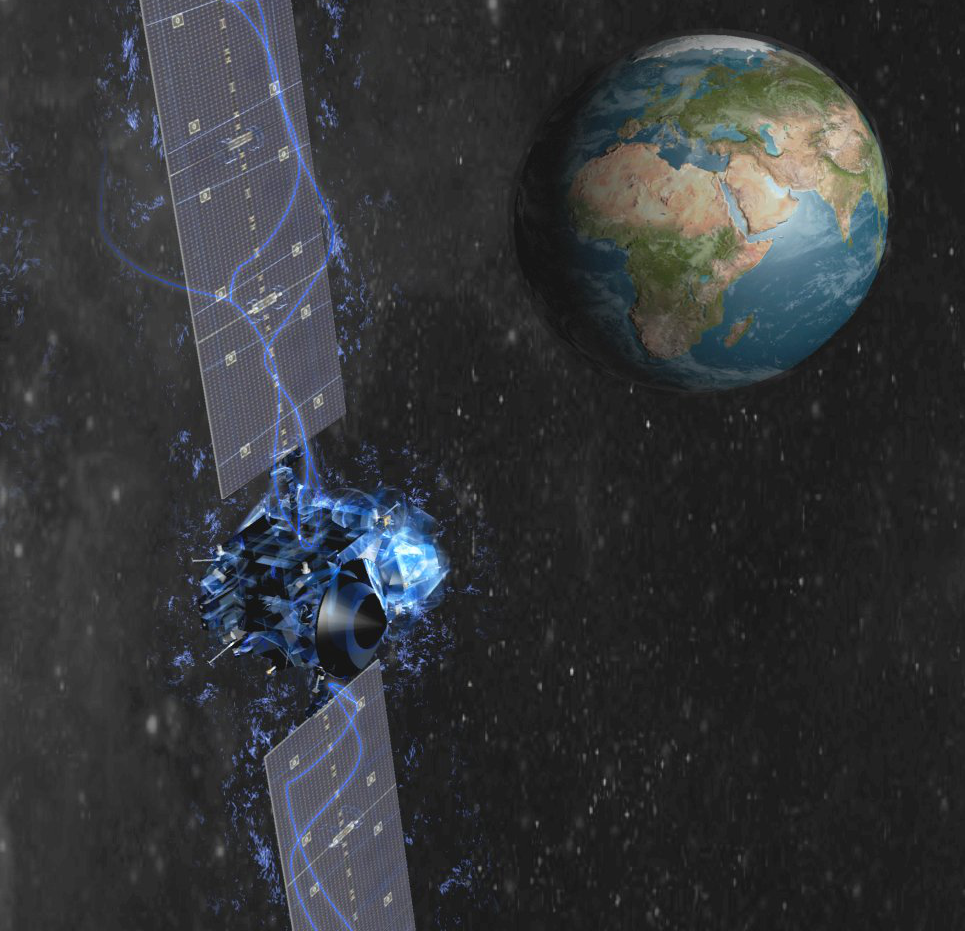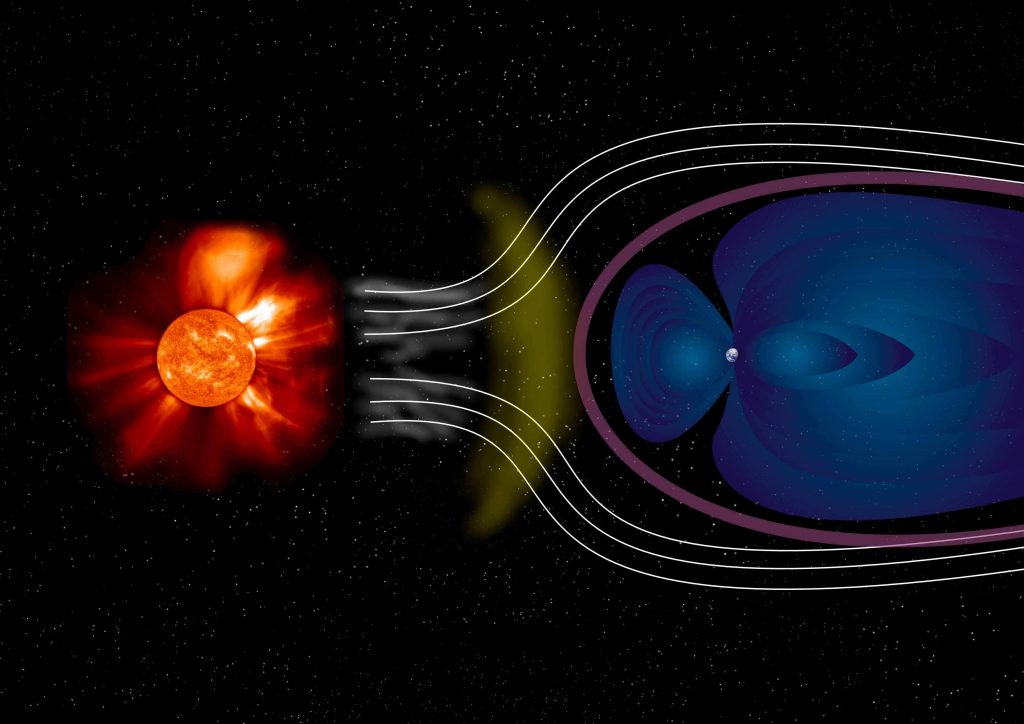ESA is opening an Invitation to Tender (ITT), to characterise the potential for electrostatic discharge (ESD) for in-orbit servicing (IOS) missions.
IOS missions require a rendezvous and capture between the servicing satellite and the client satellite. In order to further develop IOS technologies, several technical challenges regarding rendezvous and capture must be addressed. One of those challenges is the ESD due to spacecraft charging.


This charging occurs because of the accumulation of excess ions or electrons on the satellite structure due to interaction with space plasma. It is a function of the satellite characteristics and its environment, which means different satellites will experience varying charging levels.

This leads to a risk of discharge arcs between satellites with significant charging difference, which may potentially damage the satellite components or cause a number of unwanted side-effects such as noise or interference. This is particularly relevant in IOS, as the capture system of the servicer interfaces with the capture point on the client satellite.
The level of risk also depends on the orbit, as previous rendezvous missions in low-inclination LEO orbits (such as the ISS) were protected by the Earth’s magnetosphere. Satellites that would rendezvous in SSO, MEO, or GEO would have higher differential charging.

Therefore, ESA has issued an ITT to characterise this behaviour. The activity will run for approximately one year, and will focus on analysing the differential charging for different IOS scenarios across a range of orbits. This includes identifying potential endeffects as a result of discharging, as well as any potential solutions or technologies that could mitigate these end-effects. This ITT’s closing date is the 15 of October at 13:00 CEST.
For more information on the ITT, please visit the EMITS website.





Discussion: no comments